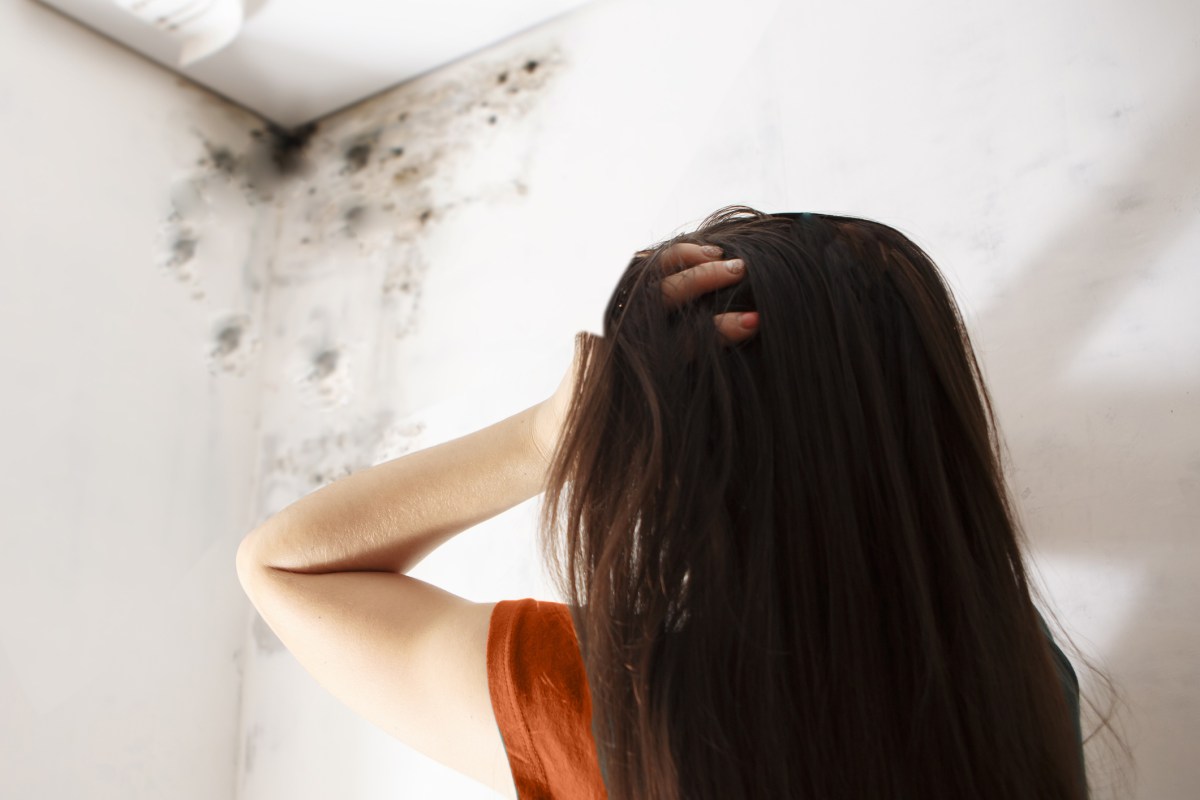Developing a chronic health condition is overwhelming enough when the source of the problem is clear. But those who live with unknown mold in their homes may never know why they’re coughing, breaking out in rashes, or even struggling to breathe for a prolonged period of time.
Some people may also dismiss the possibility of mold as a factor in their health problems and say that black mold is the only mold to be concerned about. They would be wrong. There are thousands of mold species that could make you sick if they are given the environment to grow in.
“Health risks of mold can be very harmful,” says Brad Slack, a licensed mold inspector and owner of Mold Pro Inc. in Suffolk County. “I’ve done jobs where there have been deaths of infants, where people who have cancer have been harmed as well as healthy people. It depends on your immune system, but nobody is exempt. It can affect anybody.”
Many molds can appear black in color, but the fear-inducing black mold that people usually refer to is called Stachybotrys, a dense, greenish black mold that often grows where there is constant moisture in a certain area. Some black mold species are toxic and can cause lifelong damage to the lungs, heart, and brain. Still, other types of mold are just as likely to appear in damp spots and cause a wide variety of serious health issues if they grow enough.
Mellisa Steffens, a Syosset mother of three, says mold is “the story of [her] life.”
Five years ago, she and her husband, Michael Steffens, as well as two of their three children, all experienced illness related to Stachybotrys, in their first Syosset home, Mellisa says.
“My symptoms to this day have not completely gone away,” she says.
Mellisa’s husband began having headaches and skin rashes. One of Mellisa’s sons, who was 10 months old at the time, developed rashes, random fevers, and a kidney infection that put him in the hospital. Mellisa herself was hospitalized after experiencing drops in her heart rate and brain fog, and her other son also had rashes.
Doctors could not explain any of their illnesses. Eventually, a mold inspector came to their home and found Stachybotrys growing throughout the house.
“It was so widespread that we basically abandoned the house and left behind most of our belongings,” Mellisa says.
The family experienced mold issues in the next home they lived in, as well, with family, also in Syosset. They are now living in their third Syosset home, also with family, and have found mold in a garage that is manageable enough for Michael to fix himself.
Mellisa and Michael learned so much from the experience that they started a mold assessment business, Mosaic Mold Inspections.
“We are so happy we started the business to help people connect the dots,” Mellisa says, “because you feel like you’re crazy sometimes. Everyone said, ‘No, you don’t have mold,’ because we didn’t see it.”
That’s a key issue — mold is often not readily visible, lurking in wall cracks or under carpets. Any place that produces moisture could be a breeding ground for mold. Cluttered, excessively dusty areas can also allow mold to fester.
Dr. Rohan S. Mankikar, who specializes in pulmonary medicine at NYU Langone Huntington Medical Group, says there are seven types of indoor molds that he most commonly sees causing health issues. One of them is Aspergillus, which can pass through the airways, cause inflammation in the lungs, and even result in a fungal disease that has required surgery to cure.
“If a patient has a cough for more than eight weeks or sinuses that don’t get better with Flonase or saline, we start getting suspicious of mold,” he says. “Some mold is actually clear. They smell it and can’t locate it. Black mold is most common in terms of visually being able to inspect it.”
A musty odor is a telltale sign of mold, experts say. They also urge people to regularly check for leaks near bathtubs, refrigerators, and other appliances that could get wet or use water. Basements are another place that commonly attract mold due to rain and flooding.
If there’s a mysterious sickness lingering in the family, or a foul smell in your basement, you can call a mold assessor who knows exactly where to search for potential mold. If the licensed inspector finds mold, then a restoration company can come in to remove it and repair the area.
“All molds have the potential to affect your health adversely,” Mellisa says. “It not so much matters the species, it’s more the quantity and personal sensitivity.”


































